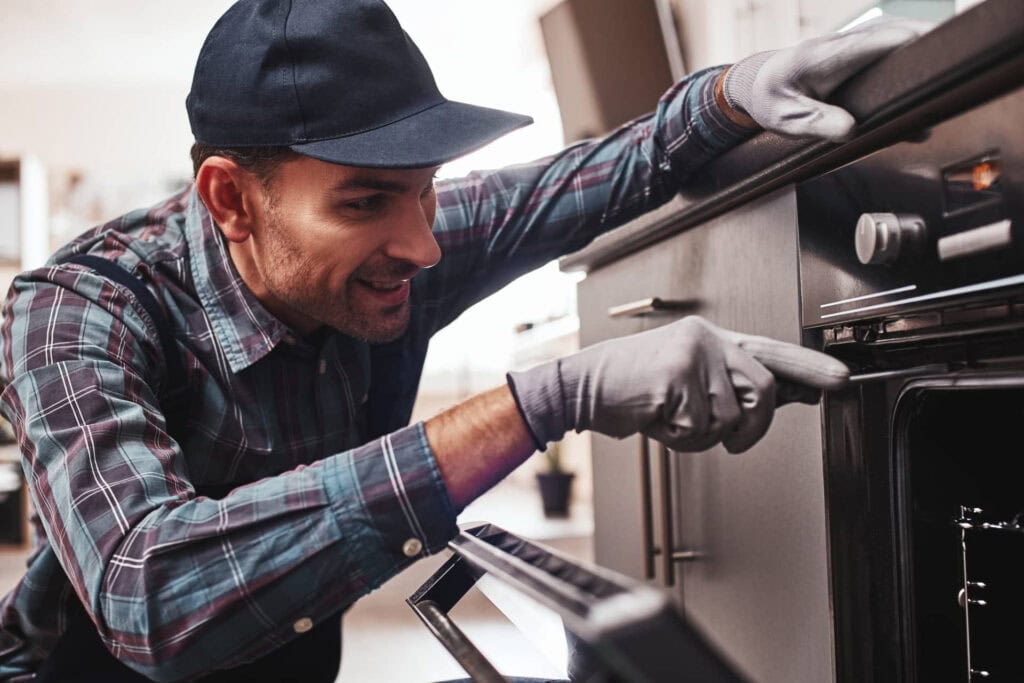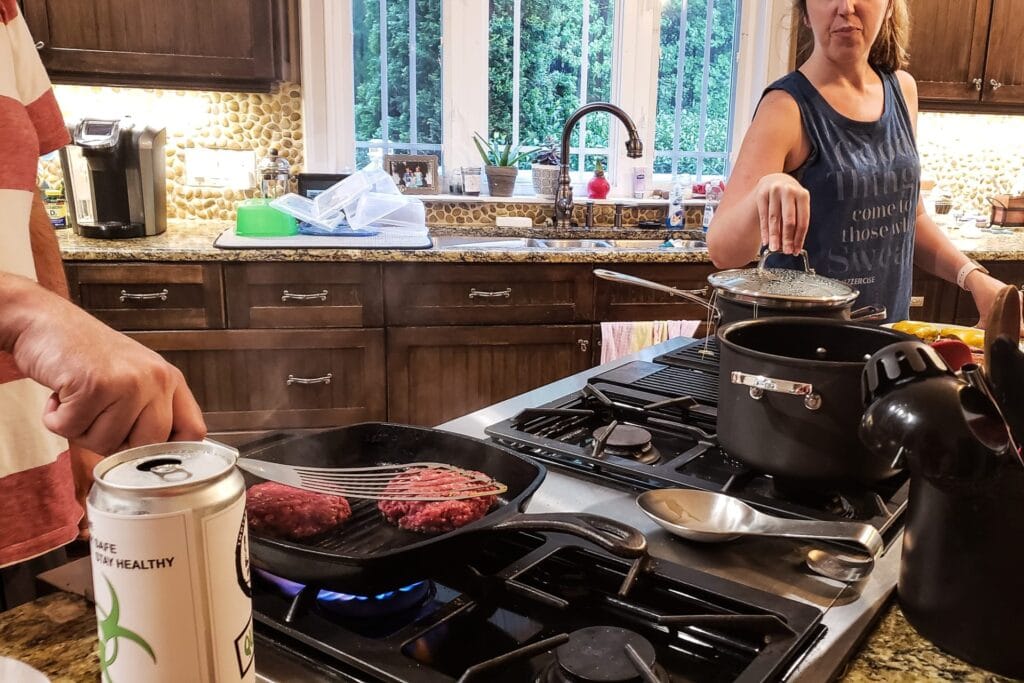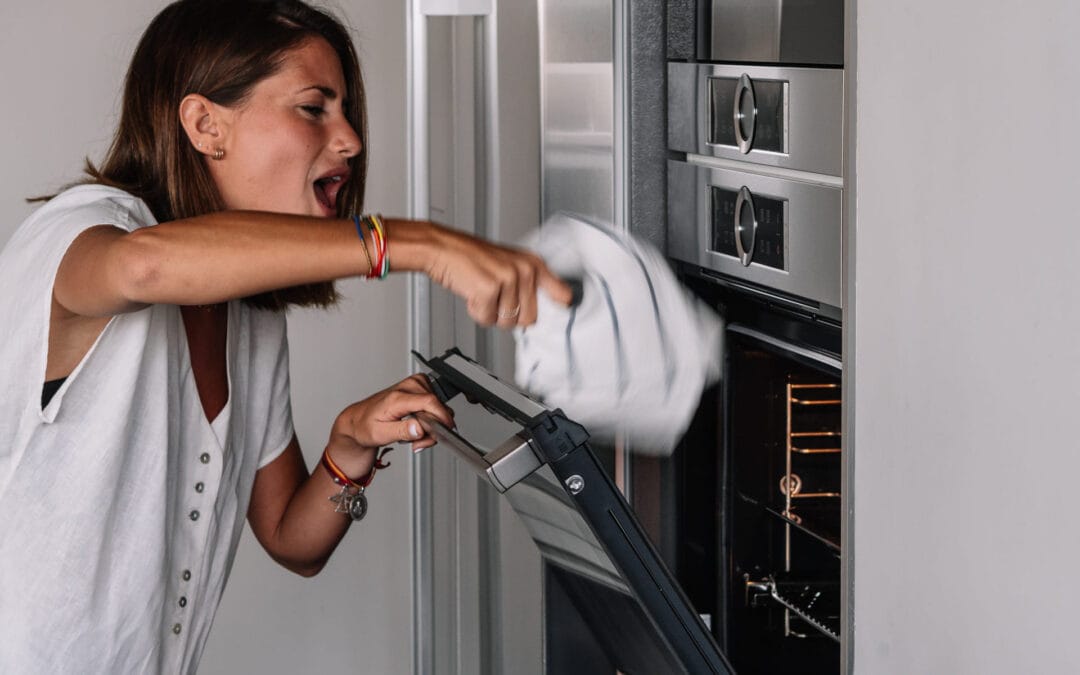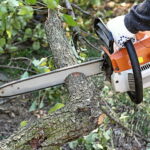A properly functioning oven and stove play a crucial role in meal preparation. When these appliances start malfunctioning, cooking becomes inefficient, hazardous, and inconvenient. Problems can range from minor setbacks to major safety threats. Identifying when to seek an appliance repair service can help avoid unnecessary expenses and potential dangers.
Key Indicators an Oven or Stove Needs Repair
Renew Appliance Repair service shares that a household preparing dinner may notice the oven taking significantly longer to heat up or the burners not igniting consistently. These symptoms may appear minor at first but often signal deeper mechanical failures. Even durable appliances experience wear and tear over time, making timely repairs essential.
1. Burners Failing to Heat Correctly
When a stove burner refuses to heat evenly, cooking results become unpredictable. A burner that only operates partially or fails completely indicates a serious electrical or gas issue. Overlooking this problem can lead to further deterioration or total breakdown.
- Damaged burner coils or heating elements frequently cause inconsistent temperatures.
- Electrical faults such as deteriorated sockets or loose wiring often lead to malfunctions.
- Gas stoves may experience clogged igniters or faulty valves, reducing heating efficiency.
2. Oven Struggling to Reach the Desired Temperature
An oven failing to reach or maintain the right temperature results in undercooked or overcooked meals. This issue commonly arises from faulty internal components.
- Temperature sensors inside the oven may degrade over time, affecting accuracy.
- Weak or burnt-out heating elements can cause irregular cooking conditions.
- A defective control board may disrupt temperature settings and require replacement.
3. Gas Stove Producing Persistent Odors
An unusual gas smell in the kitchen, particularly when the stove is off, demands immediate attention. Gas leaks pose severe safety threats and must be addressed without delay.
- Loose or deteriorated gas line connections can result in leaks.
- Malfunctioning igniters may cause gas buildup before ignition, increasing fire risk.
- A damaged gas regulator can create pressure imbalances, leading to hazardous leaks.
4. Oven Door Failing to Close Securely
A misaligned oven door allows heat to escape, making temperature control unreliable. This issue leads to longer cooking durations and excessive energy consumption.
- Worn-out or broken door hinges prevent proper sealing.
- Damaged or weakened door gaskets cause significant heat loss.
- Warped door frames may indicate deeper structural defects requiring immediate attention.

5. Electrical Malfunctions in Control Panels
If an oven or stove control panel becomes unresponsive, cooking precision diminishes. Electrical concerns should be diagnosed swiftly to avoid additional complications.
- Defective control boards may produce inaccurate temperature adjustments or complete failure.
- Wiring deterioration often results in flickering displays or inconsistent heating cycles.
- Loose or worn-out knobs and buttons could indicate internal damage.
6. Unusual Noises Emanating from the Appliance
Odd sounds such as humming, rattling, or clicking suggest mechanical or electrical distress. Addressing these noises early can prevent expensive future repairs.
- Loose screws or worn-out components often vibrate, creating unwanted noise.
- Malfunctioning gas igniters may produce continuous clicking, signaling ignition failure.
- Faulty fans or convection motors frequently generate excessive sound levels.
7. Inconsistent Cooking or Baking Outcomes
If meals cook unevenly or require excessive adjustments, the oven likely suffers from temperature inconsistencies. This situation often results from deteriorating components.
- Worn heating elements can create fluctuating temperature zones.
- A nonfunctional convection fan may fail to distribute heat evenly.
- Sensor misreadings may prevent the oven from maintaining the correct temperature.
8. Visible Deterioration or Corrosion
Over time, clear signs of wear and tear indicate underlying performance issues requiring immediate evaluation. Structural damage can also become a safety concern.
- Corroded oven racks or interior walls weaken appliance durability.
- Cracked or shattered oven glass poses burn risks and decreases efficiency.
- Frayed electrical wiring or melted insulation indicates a fire hazard.
When to Seek Professional Appliance Repair Services
Renew Appliance Repair states that when these problems arise, enlisting a professional appliance repair service can help prevent major failures and safety risks. Technicians can diagnose and resolve issues efficiently, restoring functionality and reliability. Ignoring necessary repairs often leads to costly part replacements or complete appliance failure.

Essential Takeaways About Stove and Oven Repairs
- A stove burner failing to heat evenly often signals electrical or gas-related concerns.
- An oven struggling to maintain proper temperature usually indicates sensor or heating element issues.
- Detecting gas odors near a stove requires urgent professional evaluation to prevent hazards.
- Electrical control malfunctions suggest internal component failures needing prompt attention.
- Cracks, rust, or frayed wires point to serious safety risks and performance declines.
Frequently Asked Questions About Oven and Stove Repairs
1. How frequently should an oven or stove undergo maintenance?
Routine inspections every one to two years help identify potential issues early and extend appliance lifespan.
2. Can minor gas leaks go unnoticed without a strong smell?
Yes, small leaks might not always be detectable by odor alone. Licensed technicians use specialized tools to check for leaks accurately.
3. Why does preheating my oven take significantly longer than before?
A malfunctioning heating element, a failing temperature sensor, or a worn-out control board can lead to prolonged preheating times.
4. Is it hazardous to operate an oven with a compromised door seal?
Yes, a broken seal reduces cooking efficiency, wastes energy, and increases the risk of burns from heat leakage.
5. What steps should be taken if an electric stove emits sparks?
Immediately disconnect power and refrain from using the appliance. Sparks often indicate damaged wiring or a potential short circuit requiring expert repair.
Recognizing these common warning signs allows homeowners to address appliance issues before they escalate. Whether dealing with burner malfunctions, gas leaks, or temperature fluctuations, timely repairs contribute to a safer and more efficient cooking environment.
Home Garden Wire is your go-to resource for the latest in home and garden services. We provide reliable, actionable information on DIY home improvement, home maintenance, eco-friendly practices, and home design. Our well-researched content empowers homeowners with practical solutions and expert advice. Trust Home Garden Wire to help you enhance your living spaces with tips on home renovation, sustainable living, and innovative home services.







